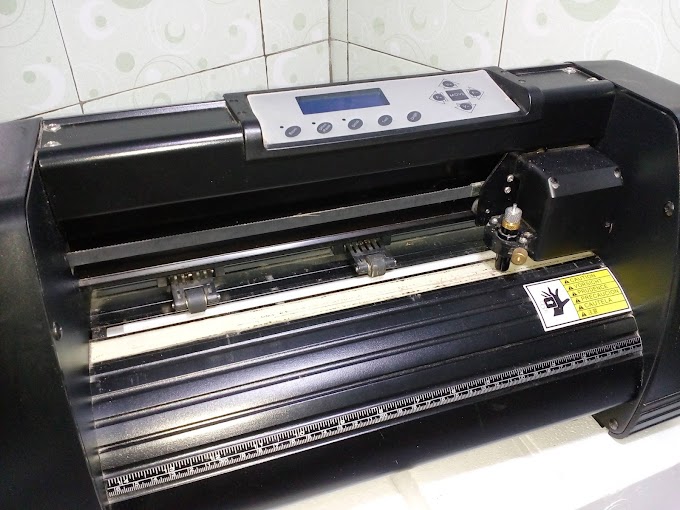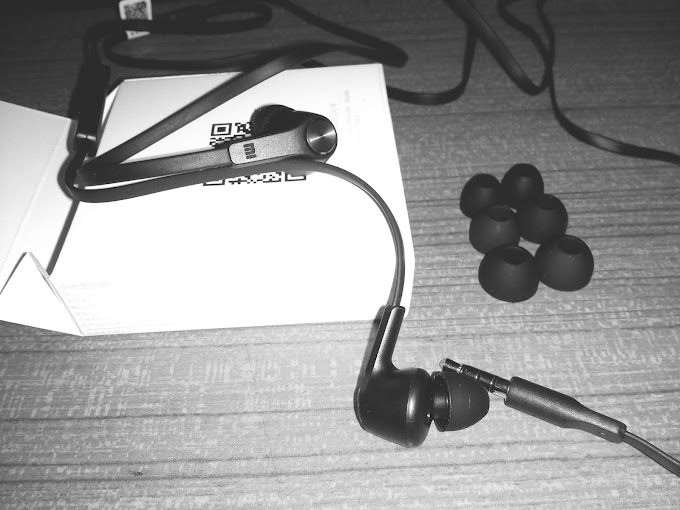SSD stands for Solid State Disk or also Solid State Drive. This one external device is a device used to store data using a series of ICs as memory.
SSD devices have a silicon memory chip which is a storage medium for reading data persistently. SSD can also be called a device with a more advanced version of the USB Flash Drive. This is because it has a larger storage capacity and can function as a substitute for a hard drive that is relatively larger to carry around.
SSD component
SSD uses NAND based memory which is Non-Volatile memory. You can still save data even if the supply device is turned off. Data on SSDs can be stored safely for up to 200 years, you know!
However, of course many of you are more familiar with HDD or hard disk as storage media on a PC or laptop. Now you can use SSD memory to store various data. The flash memory chip on the SSD has a high speed which is said to be faster than a flash.
Difference between SSD and HDD
How it Works and Components
The mechanical part of the HHD device consists of a dish, a motor and an arm that connects to the dish. The process of reading the data is done by a mechanical process. Generally, data processing on HDD occurs due to the synergy between mechanics and electricity.
As for SSDs, when processing data, writing and reading data does not use a mechanical process. On SSD devices there are no mechanical components such as HDDs. There are only electronic components, namely IC (Integrated Circuit), micro ship, and other electronic components.
The process of reading data on the SSD is done electrically. This is the same with flash and RAM memory.
Data Reading and Writing Speed
For maximum data storage speed, SSD is the right choice. SSD provides fast performance for both writing and reading data. SSD read and write speed is said to be 8x faster than HDD speed. When the PC is connected to an SSD, it can skip the data transfer in just seconds.
Size and Weight
A practical and weightless device is often an option. Sometimes hesitate to buy a hard drive because the size and weight are quite heavy. This is not the case with SSDs. SSD is able to adapt easily according to the size of the laptop and tablet you have.
Without any moving parts, using an SSD is the right way to have the thinnest storage media. For a standard notebook size, a 5mm high SSD can store all important data and documents. Light weight with slim size, certainly does not take up much space and is more flexible to carry anywhere.
Device Performance Effects
Here is the very visible difference between SSD and HDD. When using HDD, the device will heat up more easily because the HDD uses a rotating dish. Besides that, it also requires a fairly high electrical power.
Unlike the case with SSDs, when using SSD the heat generated is not as hot as HDD. Also, it does not require a high voltage. This is because there is no rotation on the dish and also does not cause a sound that is sometimes annoying or noisy.
Fragmentation
When using HDD to store large amounts of data, several problems often arise. Like when the HDD capacity is nearing full, the documents stored on it can be scattered, this is what is called fragmentation.
Due to this fragmentation, it decreases HDD performance. As for using SSD, this will not happen because the document is stored on the flash chip.
Durability / Durability
Undoubtedly, SSD power lasts longer than other storage devices. No moving parts make it resistant to impact, extreme temperatures, and even falls.
SSD vs Hard Drive Prices
Various brands of SSD are now easy to find on the market. SSD prices tend to be more expensive than HDDs, which can reach 9x the price. You can choose SSD with low capacity, such as 32GB and 64GB.












